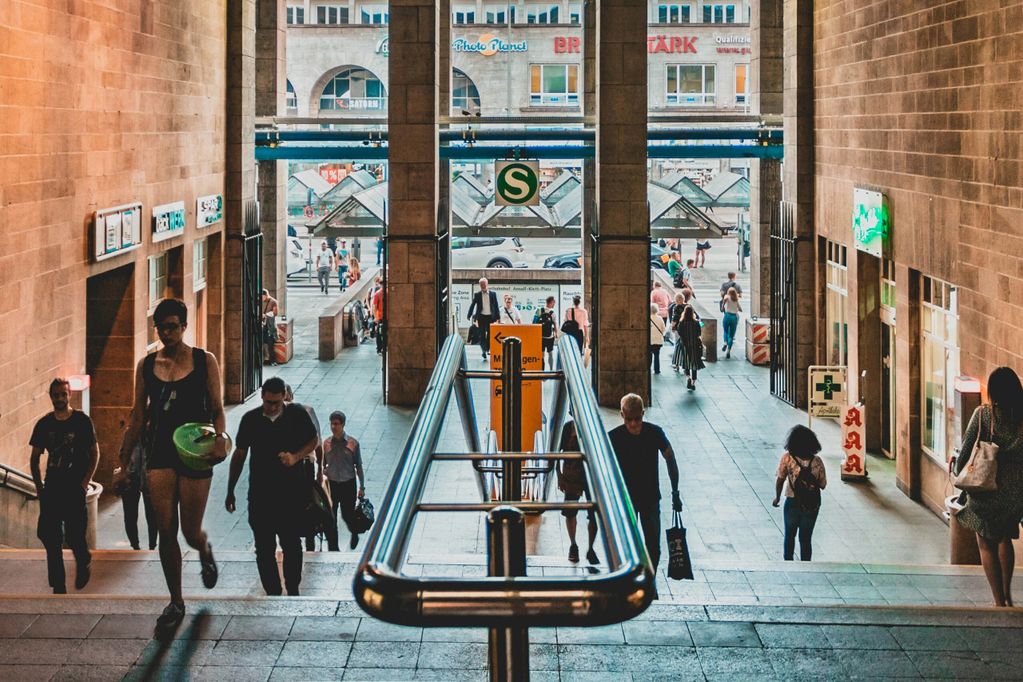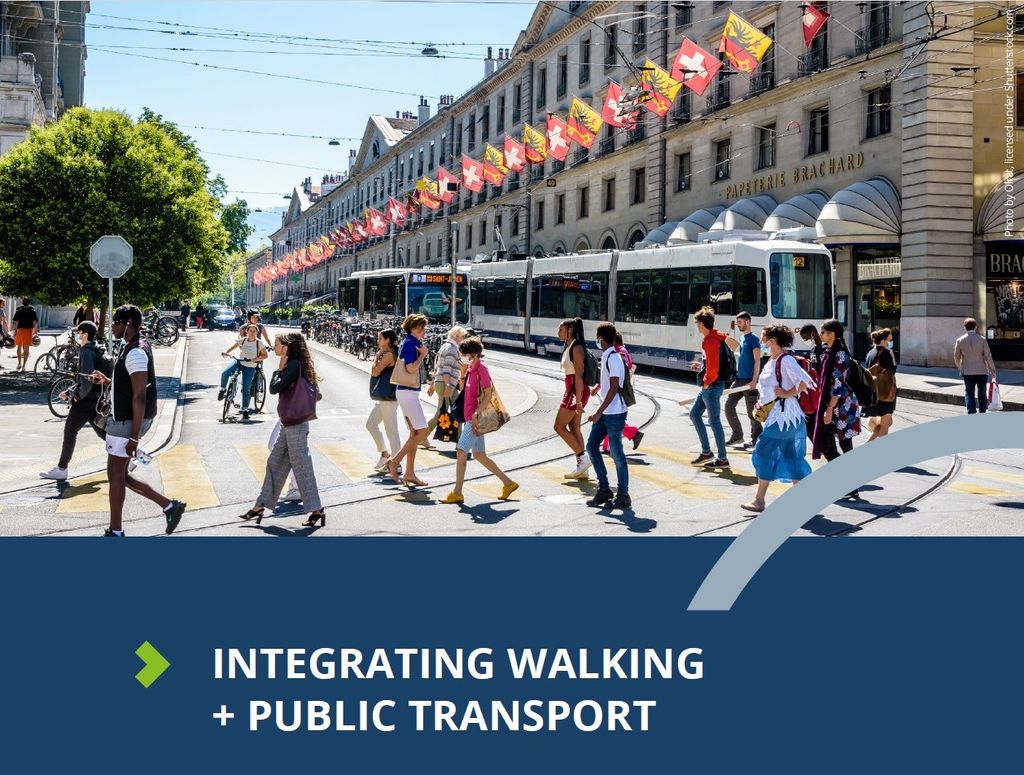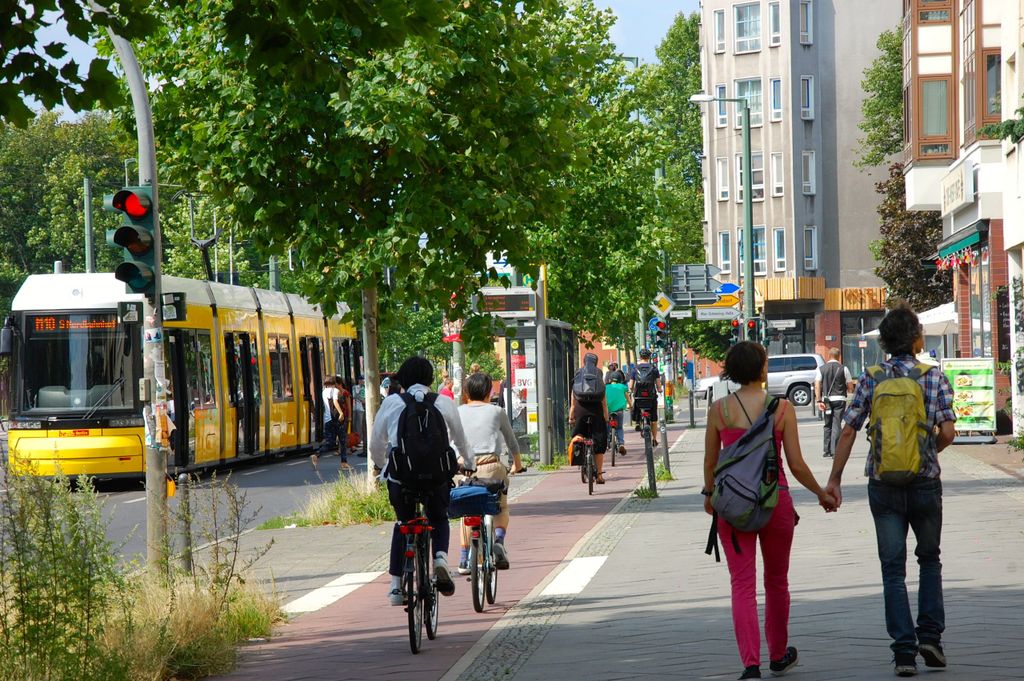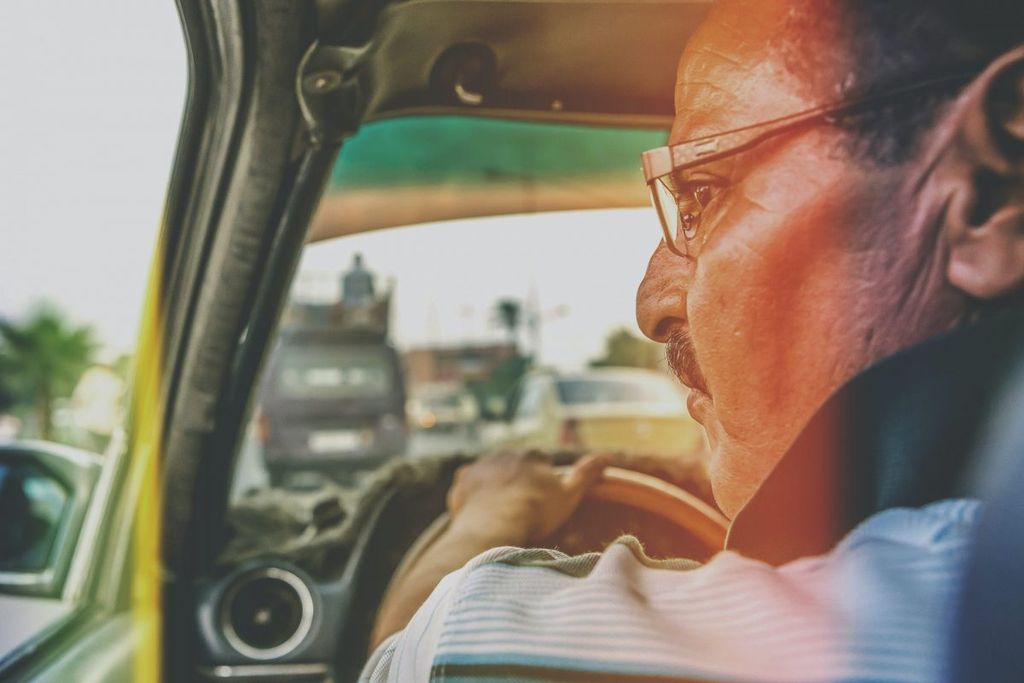
Why walking and public transport must be integrated
How public transport & walking go together
Most public transport journeys start and end with a walk. In fact, walking can constitute half the time spent on multimodal trips. This might seem glaringly obvious as, by its very nature as a high-volume service, public transport does not and cannot take passengers directly to their front door. Still, let’s be clear: the success of public transport depends on walkability.
It is the cities that maximise both walking and public transport together have the least amount of car traffic. This is one of insights in Walk21’s new Policy Brief. Alongside other organisations, UITP partnered with Walk21 to inform a landmark publication on the integration of walking and public transport.
In the publication, the integration of walking and public transport is presented as a key strategy for reducing the use of private cars, reducing carbon emissions and improving the fiscal viability of public transport services while enhancing urban efficiency and livability.
Hear from Walk21 Director Jim Walker
If more walking means more public transport, what can the public transport sector do to boost foot traffic, when many of the decisions are not in the hands of operators, but local authorities and councils?
That’s exactly why it’s important that all types of stakeholders collaborate. For example, at UITP, committees and working groups are comprised of authorities, industry, and operators. But this collaboration should also take place at the local, regional, and national levels.
“Nearly everyone accesses public transport on foot. By investing in the experience of both walking and using public transport, we reduce private car use, its associated carbon emissions, and improve the fiscal viability of public transport services, all the while enhancing urban efficiency and livability.”
How to achieve integration
Integration must be a key priority when the public transport sector collaborates with other stakeholders. In short, the goal should be to:
- Provide safe, accessible, and pleasant walking routes to public transport for all groups
- Promote the health benefits and cost savings of walking and public transport
- And ultimately to create the perception that walking and public transport is more convenient than a car journey
Making walking and public transport more convenient, in turn inducing a modal shift, requires the use of many different levers and policies. For example, low emission zones, parking levies, and the dedication of more street space for active mobility. Things like this is how cities in group 4 (on the chart below) achieve a high modal share for both public transport and walking.
“Cities like Madrid and Zurich have developed comprehensive policies that give priority to a safe, sustainable, and clean transport system. Irrespective of their size or geographical location, cities that have a significant share of walking and public transport have the least amounts of car traffic and arguably a better quality of life.”
Walkability impacts public transport
At the end of the day, walkability and public transport are tightly linked. Case in point, look at Paris. In April 2024, a study found that more Parisians now cycle than they do drive their car. While that successful example of modal shift rightly made headlines, the study also shows that walking is the most popular way to travel in the French capital, making up 53% of all trips, with public transport close behind at 30%.
Essentially, when an area is more walkable, the catchment area of a stop/station is larger. In fact, Walk21 found that a pleasant walk can triple the acceptable walking distance – and that means public transport is a more attractive option to more people. So, if we’re going to make public transport the best way to get around a city, then walking must also be one of our top priorities.







